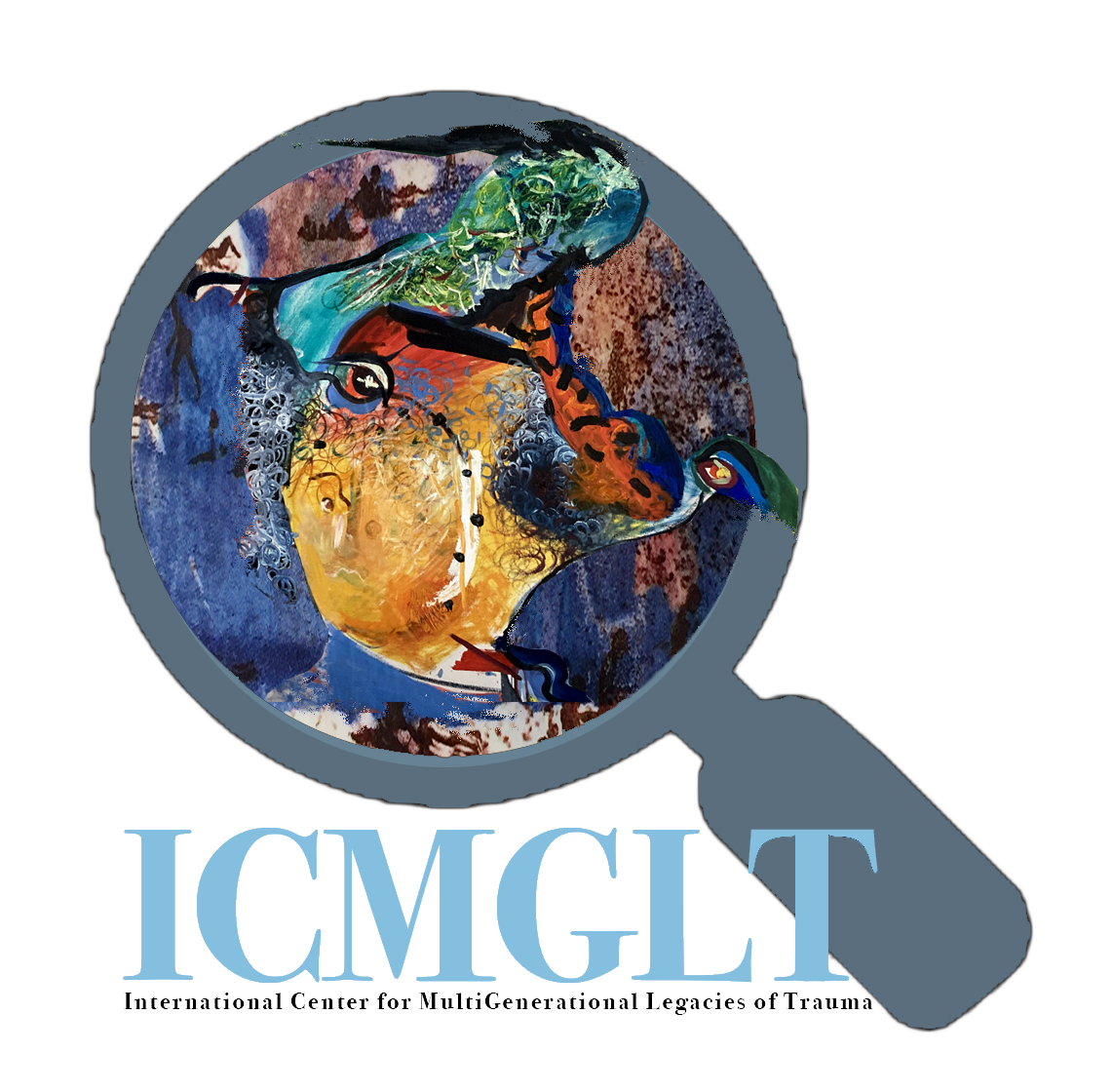Lucchesi, A., & Echo-Hawk, A. (2018). Missing and Murdered Indigenous Women & Girls: A snapshot of data from 71 urban cities in the United States.
Abstract
*This report contains strong language about violence against American Indian and Alaska Native women. This report is the second of the Our Bodies, Our Stories series. Nationwide, the voices of Indigenous people have united to raise awareness of missing and murdered Indigenous woman and girls (MMIWG). Though awareness of the crisis is growing, data on the realities of this violence is scarce. The National Crime Information Center reports that, in 2016, there were 5,712 reports of missing American Indian and Alaska Native women and girls, though the US Department of Justice’s federal missing persons database, NamUs, only logged 116 cases. The Center for Disease Control and Prevention has reported that murder is the third-leading cause of death among American Indian and Alaska Native women and that rates of violence on reservations can be up to ten times higher than the national average. However, no research has been done on rates of such violence among American Indian and Alaska Native women living in urban areas despite the fact that approximately 71% of American Indian and Alaska Natives live in urban areas. To fill this gap, in 2017, Urban Indian Health Institute (UIHI), a tribal epidemiology center, began a study aimed at assessing the number and dynamics of cases of missing and murdered American Indian and Alaska Native women and girls in cities across the United States. This study sought to assess why obtaining data on this violence is so difficult, how law enforcement agencies are tracking and responding to these cases, and how media is reporting on them. The study’s intention is to provide a comprehensive snapshot of the MMIWG crisis in urban American Indian and Alaska Native communities and the institutional practices that allow them to disappear not once, but three times—in life, in the media, and in the data.

